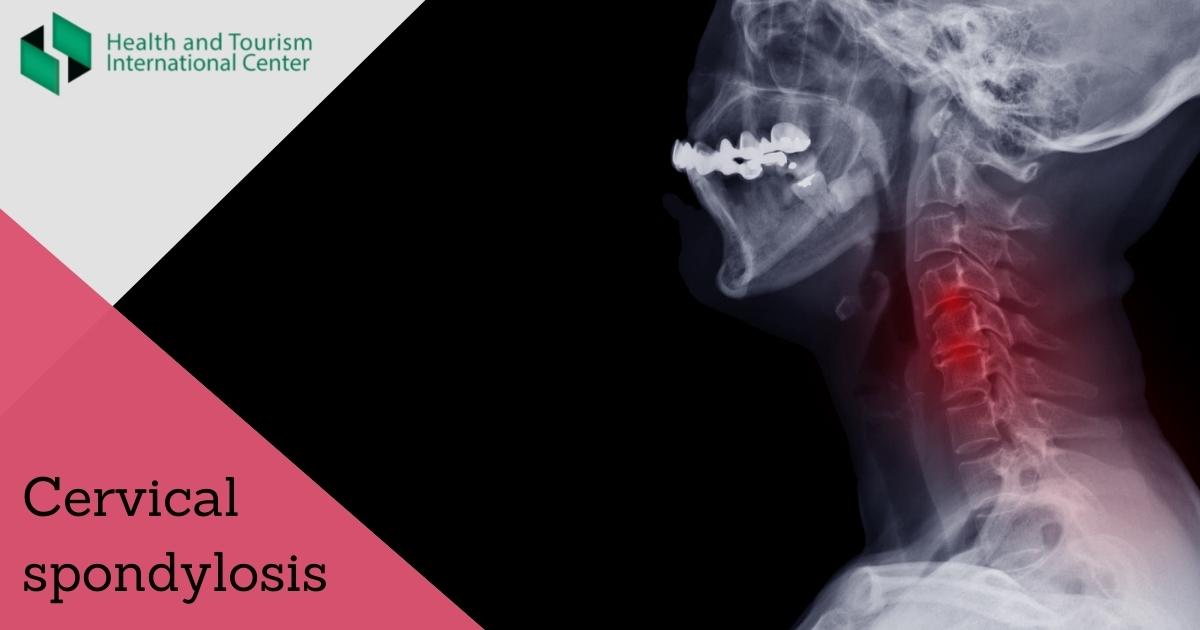What is cervical spondylosis?
Cervical spondylosis is a general term for age-related wear and tear affecting the spinal disks in your neck.
As the disks dehydrate and shrink, signs of osteoarthritis develop, including bony projections along the edges of bones (bone spurs).
Cervical spondylosis is very common and worsens with age. More than 85 percent of people older than age 60 are affected by cervical spondylosis.
For most people, cervical spondylosis causes no symptoms. Symptoms can be managed with non-surgical methods - usually the pathology is treated, the intervention is often effective.
You might experience:
- Tingling, numbness and weakness in your arms, hands, legs or feet
- Lack of coordination
- Difficulty walking
- Loss of bladder or bowel control
Causes
As you age, the bones and cartilage that make up your backbone and neck gradually develop wear and tear.
These changes can include:
- Dehydrated disks.
- Herniated disks.
- Bone spurs.
- Stiff ligaments.
Risk factors for cervical spondylosis include:
- Age.
- Stress.
- Occupation. Jobs that involve repetitive neck motions.
- Neck injuries.
- Genetic factors.
- Smoking.
Source:
https://www.mayoclinic.org/diseases-conditions/cervical-spondylosis/symptoms-
causes/syc-20370787

